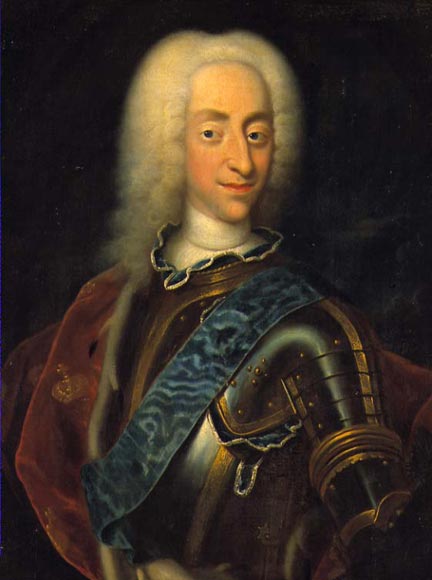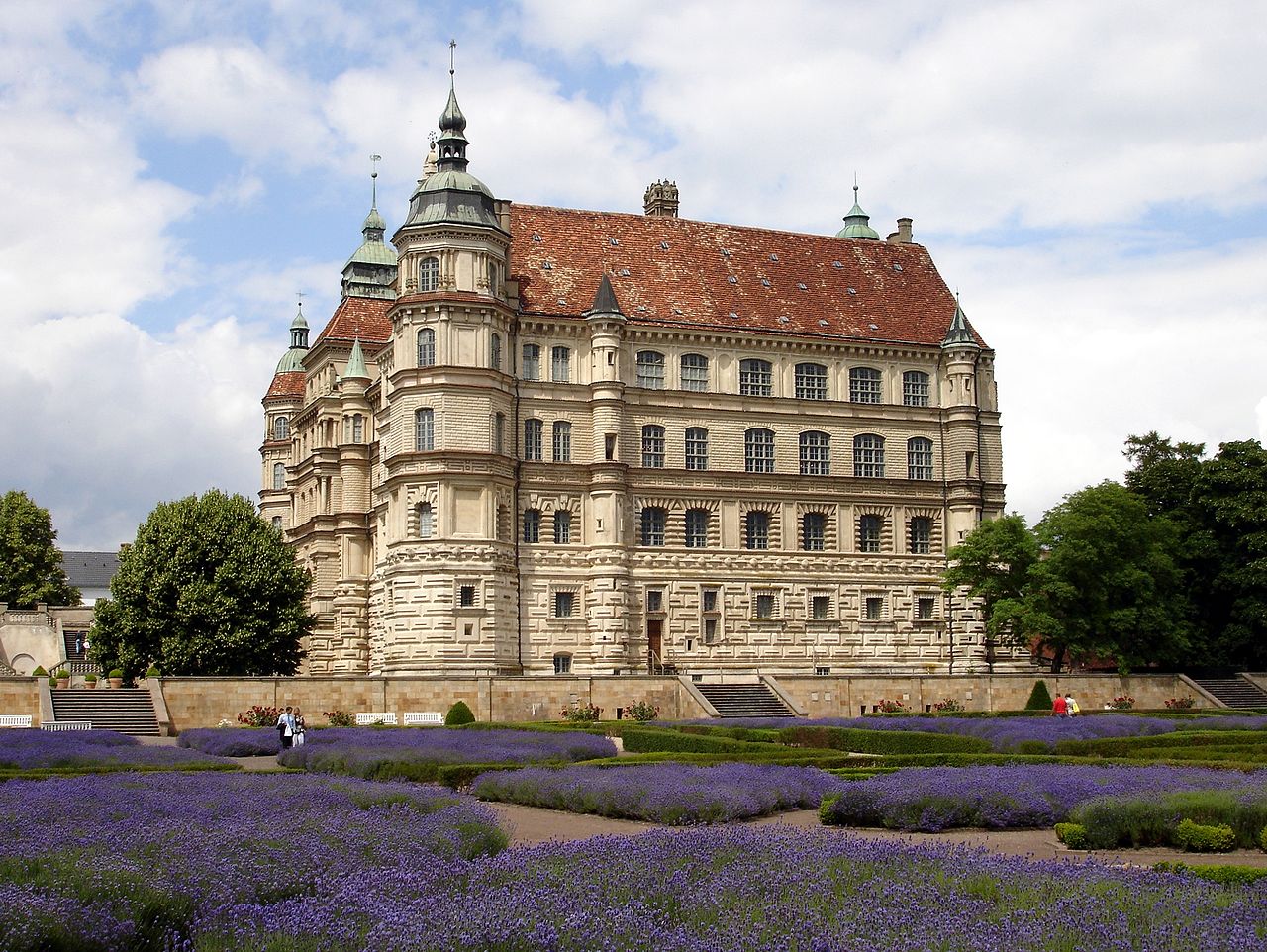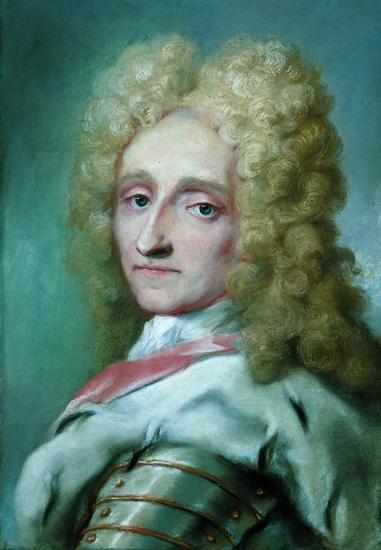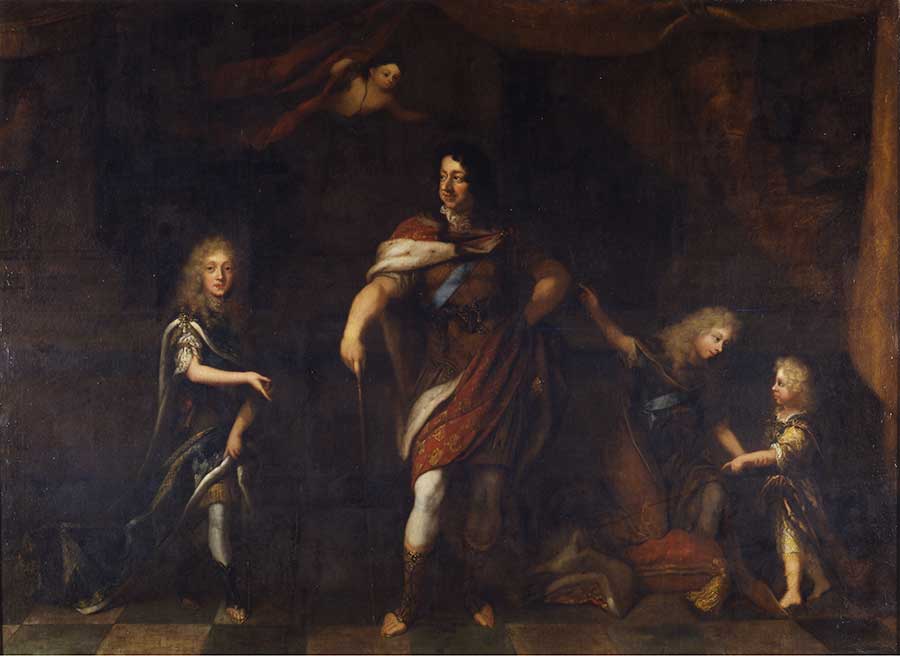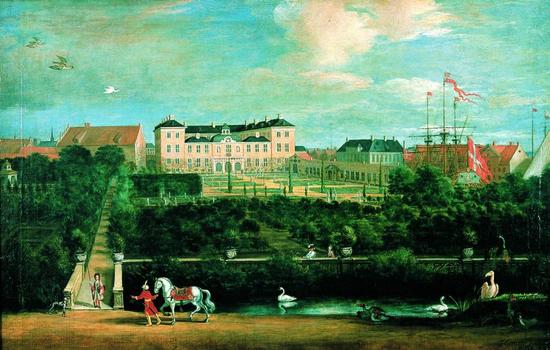compiled by Susan Flantzer © Unofficial Royalty 2020
Queen Elizabeth II of the United Kingdom is the longest-reigning British monarch having surpassed her great-great-grandmother Queen Victoria on September 9, 2015. Having reigned 70 years, 214 days, she is the second longest-reigning monarch ever on a list of monarchs of states that were internationally sovereign for most or all of their reigns and have verifiable reigns by an exact date.
Only one monarch is ahead of Queen Elizabeth II:
- King Louis XIV of France, reigned May 14, 1643 to September 1, 1715, for 72 years, 110 days
********************
Queen Elizabeth II of the United Kingdom – reigned February 6, 1952 – September 8, 2022
Many monarchs have come and gone and some monarchies have been abolished during the long reign of Queen Elizabeth II. The following monarchs reigned during the reign of Queen Elizabeth II of the United Kingdom. The links on the names of the monarchies lead to that monarchy’s content area at Unofficial Royalty. Note that not all monarchies have content areas. The content area for the United Kingdom can be found here.
Kingdom of Afghanistan (monarchy abolished 1973)
- King Mohammed Zahir Shah of Afghanistan (reigned 1933 – 1973, deposed)
- Sheikh Salman bin Hamad Al Khalifa, Hakim of Bahrain (reigned 1942 – 1961)
- Sheikh Isa bin Salman Al Khalifa, Emir of Bahrain (reigned 1961 – 1999)
- Sheikh Hamad bin Isa bin Salman Al Khalifa, King of Bahrain (reigned 1999 – )
- Baudouin, King of the Belgians (reigned 1951 – 1993)
- Albert II, King of the Belgians (reigned 1993 – 2013, abdicated)
- Philippe, King of the Belgians (reigned 2013 – )
- King Jigme Wangchuck of Bhutan (reigned 1926 – 1952)
- King Jigme Dorji of Bhutan (reigned 1952 – 1972)
- King Jigme Singye Wangchuck of Bhutan (reigned 1972 – 2006, abdicated)
- King Jigme Khesar Namgyel Wangchuck of Bhutan (reigned 2006 – )
Nation of Brunei, Abode of Peace
- Omar Ali Saifuddien III, Sultan of Brunei (reigned 1950 – 1967, abdicated)
- Hassanal Bolkiah, Sultan and Yang Di-Pertuan of Brunei (reigned 1967 – )
Kingdom of Burundi (monarchy abolished 1966)
- King Mwambutsa IV Bangiriceng of Burundi (reigned 1915 – 1966, deposed)
- King Ntare V Ndizeye of Burundi (reigned July 8 – November 28, 1966, deposed, assassinated 1972)
- King Norodom Sihanouk of Cambodia (reigned 1941 – 1955, 1993 – 2004, abdicated)
- King Norodom Suramarit of Cambodia (reigned 1955 -1960)
- King Norodom Sihamoni of Cambodia (reigned 2004 – )
- King Frederik IX of Denmark (reigned 1947 – 1972)
- Queen Margrethe II of Denmark (reigned 1972 – )
Kingdom of Egypt (monarchy abolished 1953)
- King Farouk I of Egypt (reigned 1936 – 1952, abdicated)
- King Fuad II of Egypt (reigned 1952 – 1953, deposed)
Kingdom of eSwatini (formerly Swaziland)
Note: King Sobhuza is not on the list of longest reigning internationally recognized monarchs of a sovereign state. He was an internationally recognized monarch of a sovereign state for fourteen years, from when Swaziland was granted independence in1968 until his death in 1982. However, he is number one on the list of longest reigning monarchs of dependent or constituent states.
- King Sobhuza II of Swaziland (reigned as Paramount Chief 1899 – 1967, as King 1967 – 1982)
- King Mswati III of eSwatini (1982 – )
Empire of Ethiopia (monarchy abolished 1975)
- Emperor Haile Selassie I of Ethiopia (reigned 1930 – 1974, deposed)
- Emperor Amha Selassie I of Ethiopia (reigned 1974 – 1975, monarchy abolished)
Kingdom of the Hellenes (Greece) (monarchy abolished 1973)
- King Paul of the Hellenes (reigned 1947 – 1964)
- King Constantine II of the Hellenes (reigned 1964 – 1973, a military junta ruled Greece from 1967 – 1974, in 1967 King Constantine II attempted a counter-coup against the military junta which failed, King Constantine II remained the head of state in exile until June 1, 1973, when the junta abolished the monarchy)
Imperial State of Iran (monarchy abolished 1979)
- Mohammad Reza Pahlavi, Shah of Iran (reigned 1941 – 1979, deposed)
- Emperor Shōwa of Japan (Hirohito) (reigned 1926–1989)
- Emperor Akihito of Japan (reigned 1989 – 2019, abdicated)
- Emperor Naruhito of Japan (reigned 2019 – )
- King Talal of Jordan (reigned 1951 – 1952, abdicated)
- King Hussein I of Jordan (reigned 1952 – 1999)
- King Abdullah II of Jordan (reigned 1999 – )
- Abdullah Al-Salim Al-Sabah, Emir of Kuwait (reigned 1950 – 1965)
- Sabah Al-Salim Al-Sabah, Emir of Kuwait (reigned 1965 – 1977)
- Jaber III al-Ahmad al-Jaber al-Sabah, Emir of Kuwait (reigned 1977 – 2006)
- Saad Al-Abdullah Al-Salim Al-Sabah, Emir of Kuwait (reigned 2006, abdicated due to illness)
- Sabah IV bin Ahmad Al-Sabah, Emir of Kuwait (reigned 2006 – 2020)
- Nawaf Al-Ahmad Al-Jaber Al-Sabah, Emir of Kuwait (reigned 2020 – )
Kingdom of Laos (monarchy abolished 1975)
- Sisavang Vong, King of Laos (reigned 1946 – 1959)
- Savang Vatthana, King of Laos (reigned 1959 – 1975, forced to abdicate)
- Regents for Moshoeshoe II (1940 – 1960)
- King Moshoeshoe II of Lesotho (reigned Paramount Chief 1960 – 1966, King 1966 – 1996)
- King Letsie III of Lesotho (reigned 1996 – )
Kingdom of Libya (monarchy abolished 1969)
- King Idris I of Libya (reigned 1951 – 1969, deposed)
- Prince Franz Josef II of Liechtenstein (reigned 1938 – 1989)
- Prince Hans-Adam II of Liechtenstein (reigned 1989 – )
- Grand Duchess Charlotte of Luxembourg (reigned 1919 – 1964, abdicated)
- Grand Duke Jean of Luxembourg (reigned 1964 – 2000, abdicated)
- Grand Duke Henri of Luxembourg (reigned 2000 – )
Malaysia
Malaysia is a constitutional monarchy with an elected monarch, the Yang di-Pertuan Agong, as head of state. The Yang di-Pertuan Agong is elected to a five-year term by and from the nine hereditary rulers of the Malay states. See the following link for a list of the Yang di-Pertuan Agongs: Wikipedia: Yang di-Pertuan Agong.
Sultanate of the Maldives (monarchy abolished in 1968)
- King Muhammad Fareed Didi of the Maldives (reigned 1954 – 1968, deposed by a national referendum which decided to replace the sultanate with a republic)
- Prince Rainier III of Monaco (reigned 1949 – 2005)
- Prince Albert II of Monaco (reigned 2005 – )
- King Mohammed V of Morocco (reigned as Sultan 1927 – 1953, deposed; 1955 – 1957, reigned as King 1957 – 1961)
- Sultan Mohammed Ben Aarafa of Morocco (reigned 1953 – 1955, abdicated)
- King Hassan II of Morocco (reigned 1961 – 1999)
- King Mohammed VI of Morocco (reigned 1999 – )
Kingdom of Nepal (monarchy abolished 2008)
- Tribhuvan Bir Bikram Shah, King of Nepal (1st reign 1911 – 1950, went into exile; 2nd reign 1951 – 1955)
- Mahendra Bir Bikram Shah, King of Nepal (reigned 1955 – 1972)
- Birendra Bir Bikram Shah, King of Nepal (reigned 1972 – 2001, assassinated by his son Dipendra Bir Bikram Shah (who shot himself in the head) along with eight other members of the royal family)
- Dipendra Bir Bikram Shah, King of Nepal (reigned June 1, 2001 – June 4, 2001, declared brain dead)
- Gyanendra Bir Bikram Shah (1st reign 1950 – 1951, abdicated; 2nd reign 2001 – 2008, Nepalese Constituent Assembly declared Nepal a republic and abolished the monarchy)
- Queen Juliana of the Netherlands (reigned 1948 – 1980, abdicated)
- Queen Beatrix of the Netherlands (reigned 1980 – 2013, abdicated)
- King Willem-Alexander (reigned 2013 – )
- King Haakon VII of Norway (reigned 1905 – 1957)
- King Olav V of Norway (reigned 1957 – 1991)
- King Harald V of Norway (reigned 1991 – )
- Said bin Taimur, Sultan of Oman (reigned 1932 – 1970, overthrown in a coup d’etat)
- Qaboos bin Said Al Said, Sultan of Oman (reigned 1970 – 2020)
- Haitham bin Tariq Al Said, Sultan of Oman (reigned 2020 – )
- Sheikh Ali bin Abdullah Al Thani, Hakim of Qatar (reigned 1949 – 1960, abdicated)
- Sheikh Ahmad bin Ali Al Thani, Emir of Qatar (reigned as Hakim 1960 – 1971, reigned as Emir 1971 – 1972, deposed)
- Sheikh Khalifa bin Hamad Al Thani, Emir of Qatar (reigned 1972 – 1995, deposed)
- Sheikh Hamad bin Khalifa Al Thani, Emir of Qatar (reigned 1995 – 2013, abdicated)
- Sheikh Tamim bin Hamad bin Khalifa Al Thani, Emir of Qatar (reigned 2013 – )
Kingdom of Rwanda (monarchy abolished 1961)
- Mutara III Rudahigwa, King of Rwanda (1931 – 1959)
- Kigeli V Ndahindurwa, King of Rwanda (1959 – 1961, monarchy abolished, Kigeli V Ndahindurwa continued to maintain his claim to the throne until his death in 2016)
- King Abdulaziz (Ibn Saud) of Saudi Arabia (reigned 1932 – 1953)
- King Saud of Saudi Arabia (reigned 1953 – 1964, deposed)
- King Faisal of Saudi Arabia (reigned 1964 – 1975, assassinated)
- King Khalid of Saudi Arabia (reigned 1975 – 1982)
- King Fahd of Saudi Arabia (reigned 1982 – 2005)
- King Abdullah of Saudi Arabia (reigned 2005 – 2015)
- King Salman of Saudi Arabia (reigned 2015 – )
Kingdom of Sikkim (monarchy abolished 1975)
- Tashi Namgyal, Chogyal of Sikkim (reigned 1914 – 1963)
- Palden Thondup Namgyal, Chogyal of Sikkim (reigned 1963 – 1975, a referendum abolished the monarchy and Sikkim became a state of India)
- King Juan Carlos I of Spain (reigned 1975 – 2014, abdicated)
- King Felipe VI of Spain (reigned 2014 – )
- King Gustaf VI Adolf of Sweden (reigned 1950 – 1973)
- King Carl XVI Gustaf of Sweden (reigned 1973 – )
- King Bhumibol Adulyadej of Thailand (reigned 1946 – 2016)
- King Maha Vajiralongkorn of Thailand (reigned 2016 – )
- Queen Sālote Tupou III of Tonga (reigned 1918 – 1965)
- King Tāufaʻāhau Tupou IV of Tonga (reigned (1965 – 2006)
- King George Tupou V of Tonga (reigned 2006 – 2012)
- King Tupou VI of Tonga (reigned 2006 – )
Kingdom of Tunisia (monarchy abolished in 1957)
- King Muhammad VIII al-Amin of Tunisia (reigned as Bey 1943 – 1956, reigned as King 1956 – 1957, deposed)
- Zayed bin Sultan Al Nahyan, Emir of Abu Dhabi (President 1971 – 2004)
- Khalifa bin Zayed Al Nahyan, Emir of Abu Dhabi (President 2004 – )
- Maktoum bin Rashid Al Maktoum, Emir of Dubai (Prime Minister & Vice President 1971 – 1979 and 1990 – 2006)
- Rashid bin Saeed Al Maktoum, Emir of Dubai (Prime Minister & Vice President 1979 – 1990)
- Mohammed bin Rashid Al Maktoum, Emir of Dubai (Prime Minister & Vice President 2006 – )
Kingdom of Yemen (monarchy abolished 1966)
- Ahmad bin Yahya, King of Yemen (reigned 1948 – 1962)
- Muhammad al-Badr, King of Yemen (reigned 1962 – 1966, deposed, monarchy abolished)
Sultanate of Zanzibar (monarchy abolished 1964)
- Khalifa bin Harub, Sultan of Zanzibar (reigned 1911 – 1960)
- Abdullah bin Khalifa, Sultan of Zanzibar (reigned 1960 – 1963)
- Jamshid bin Abdullah, Sultan of Zanzibar (reigned 1963 – 1964, deposed, Zanzibar united with Tanganyika to form Tanzania)
********************

Queen Elizabeth II meets Liz Truss, her 15th Prime Minister on September 6, 2022, two days before her death; Credit – The Royal Family Facebook Page
In addition to all those monarchs, Queen Elizabeth II had fifteen Prime Ministers and reigned during the terms of fourteen Presidents of the United States and seven pontificates of Popes.
Prime Ministers of the United Kingdom during Queen Elizabeth II’s reign
- Sir Winston Churchill: (October 26, 1951 – April 5, 1955)
- Sir Anthony Eden: (April 6, 1955 – January 9, 1957)
- Harold Macmillan: (January 10, 1957 – October 18, 1963)
- Sir Alec Douglas-Home: (October 19, 1963 – October 16, 1964)
- Harold Wilson; (October 16, 1964 – June 19, 1970)
- Edward Heath: (June 19, 1970 – March 4, 1974)
- Harold Wilson: (March 14, 1974 – April 5, 1976)
- James Callaghan: (April 5, 1976 – May 4, 1979)
- Margaret Thatcher: (May 4, 1979 – November 28, 1990)
- John Major: (November 28, 1990 – May 2, 1997)
- Tony Blair: (May 2, 1997 – June 27, 2007)
- Gordon Brown: (June 27, 2007 – May 11, 2010)
- David Cameron: (May 11, 2010 – July 13, 2016)
- Theresa May: (July 13, 2016 – July 24, 2019)
- Boris Johnson: (July 24, 2019 – September 6, 2022)
- Liz Truss: (September 6, 2022 – October 25, 2022)
Presidents of the United States during Queen Elizabeth II’s reign
- Harry S. Truman: (April 12, 1945 – January 20, 1953)
- Dwight D. Eisenhower: (January 20, 1953 – January 20, 1961)
- John F. Kennedy: (January 20, 1961 – November 22, 1963, assassinated)
- Lyndon B. Johnson: (November 22, 1963 – January 20, 1969)
- Richard Nixon: (January 20, 1969 – August 9, 1974, resigned)
- Gerald Ford: (August 9, 1974 – January 20, 1977)
- Jimmy Carter: (January 20, 1977 – January 20, 1981)
- Ronald Reagan: (January 20, 1981 – January 20, 1989)
- George H.W. Bush: (January 20, 1989 – January 20, 1993)
- Bill Clinton: (January 20, 1993 – January 20, 2001)
- George W. Bush: (January 20, 2001 – January 20, 2009)
- Barack Obama:( January 20, 2009 – January 20, 2017)
- Donald Trump: (January 20, 2017 – January 20, 2021)
- Joseph Biden: (January 20, 2021 – )
Popes during Queen Elizabeth II’s reign
- Pope Pius XII: March 2, 1939 – October 9, 1958
- Pope (Saint) John XIII: October 28, 1958 – June 3, 1963
- Pope (Saint) Paul VI: June 21, 1963 – August 6, 1978
- Pope (Blessed) John Paul I: August 26, 1978 – September 28, 1978
- Pope (Saint) John Paul II: October 16, 1978 – April 2, 2005
- Pope Benedict XVI: April 19, 2005 – February 28, 2013, resigned
- Pope Francis: March 13, 2013 –
This article is the intellectual property of Unofficial Royalty and is NOT TO BE COPIED, EDITED, OR POSTED IN ANY FORM ON ANOTHER WEBSITE under any circumstances. It is permissible to use a link that directs to Unofficial Royalty.








